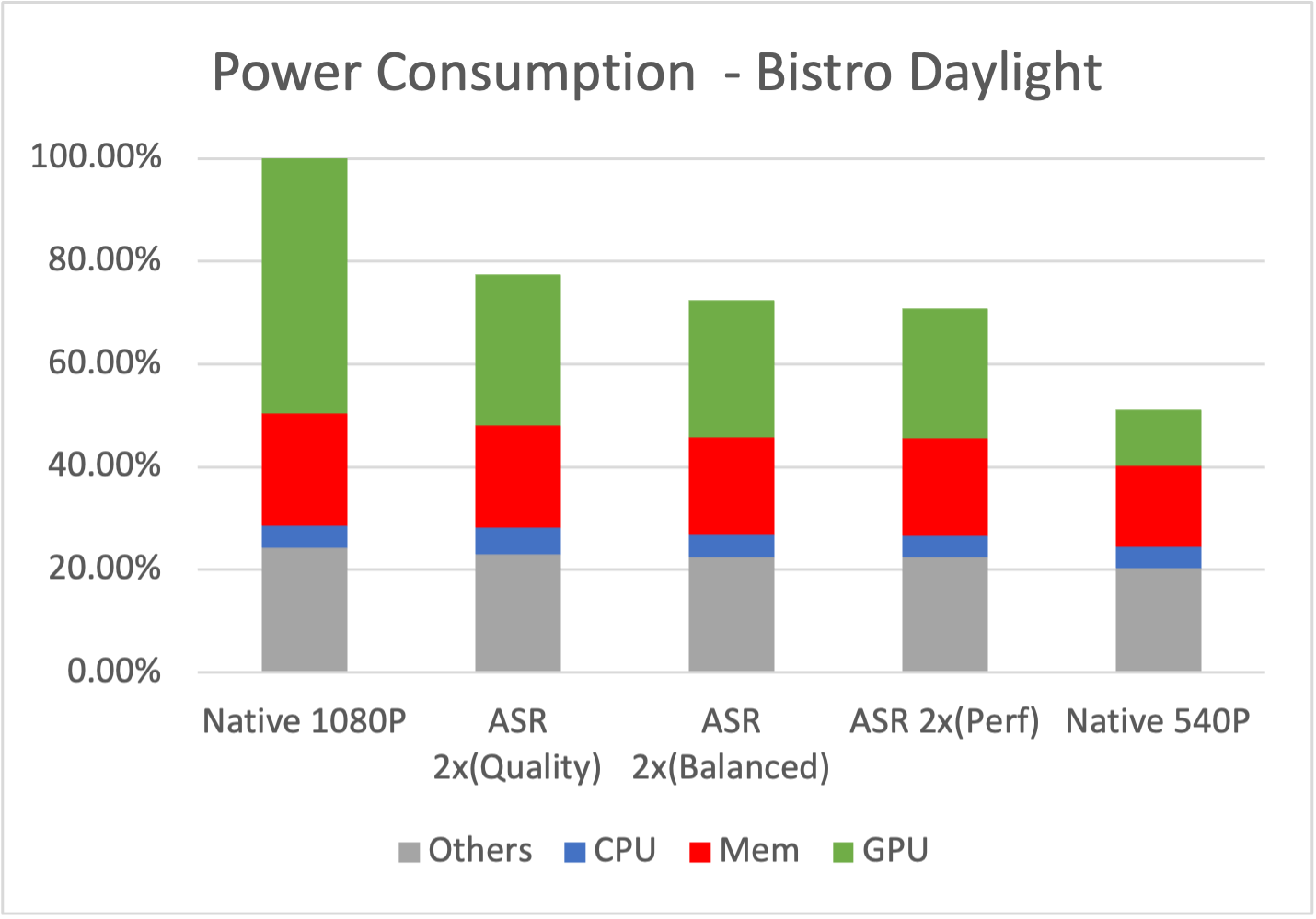
Arm just introduced its own upscaling technology, based on AMD’s FSR2, called Arm Accuracy Super Resolution (Arm ASR). Unlike the AMD upscaler, which is primarily built for PCs and high-end consoles, Arm’s implementation of the temporal upscaler is focused on mobile applications, allowing more lightweight devices to run the technology despite requiring more processing horsepower. The company also made it available to developers via an open-source license, allowing them to implement it into their games without additional licensing costs.
Arm chips are traditionally found in smartphones and tablets. These devices have typically used smaller screens and lower resolutions, thus making upscaling unnecessary for them. However, recent advancements are now pushing the boundary for Arm processors. For example, Apple’s M-series chips are pushing the boundaries of Arm chips on laptops and desktops. It has even added Game Mode to macOS Sonoma to encourage more people to game with the MacBooks. We also now see AAA titles, previously the domain of gaming PCs and full-on consoles, launch for mobile phones.

Since the Arm ASR is specifically built for mobile devices, it can perform better than the AMD FSR2. According to Arm’s internal testing with the Immortalis-G720 GPU and a resolution of 2,800 x 1,260 pixels, Arm ASR delivers 53% more frames at 2x upscaling, compared to FSR2’s 36%. Arm also tested the tech with MediaTek’s Dimensity 9300 chip, with ASR 2x showing a drop in power consumption of more than 20%, compared to rendering the scene at the native 1080p.
This development is crucial for mobile devices that primarily run off batteries, as it will reduce power consumption and allow users to play games for longer. It will also reduce thermal throttling and prevent smartphones and tablets from becoming uncomfortably hot during long gaming sessions.

This is not the first upscaling technology designed for mobile phones, as Qualcomm has previously launched its own Snapdragon Game Super Resolution in 2023. However, Qualcomm’s solution uses spatial upscaling, which focuses on performance rather than quality. On the other hand, Arm ASR uses temporal upscaling, which integrates with the game engine to deliver higher quality at the cost of higher performance requirements.
Arm ASR could also be useful for Microsoft’s Copilot+ PCs, especially as the company is pushing gaming on Windows 11 on Arm. Microsoft launched its own spatial upscaling solution last May, with Automatic Super Resolution (Auto SR). Although this doesn’t provide the same quality as Arm’s solution, it taps into AI technology and on-device NPUs to gain an edge. Since this requirement uses AI processing, Microsoft currently limits it to Copilot+ PCs.
One more advantage the Arm ASR brings is that it should be familiar to many developers. As it is based on AMD’s FSR2, programmers who’ve previously worked with it should find Arm ASR’s API and configuration options familiar and easy to use. Since it’s also open source, they don’t have to worry about licensing fees just to add it to their projects. These would make implementing the tech for cross-platform games much easier, allowing users to enjoy their favorite titles and continue their progress from their desktop PCs to their iPhones.







